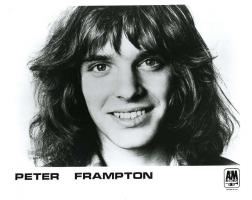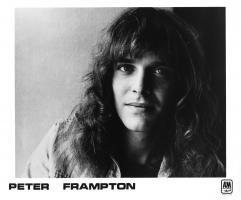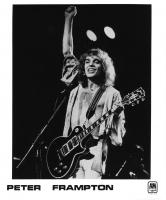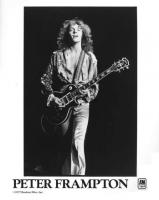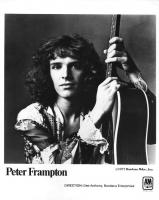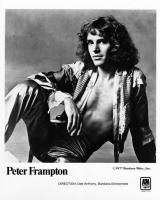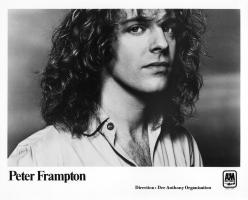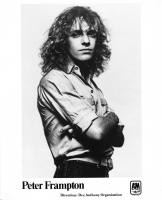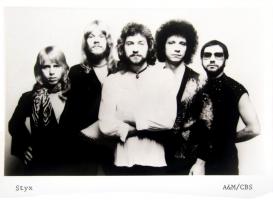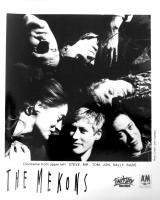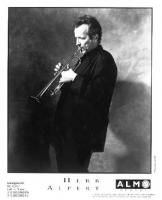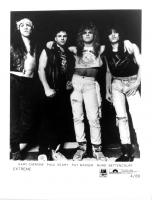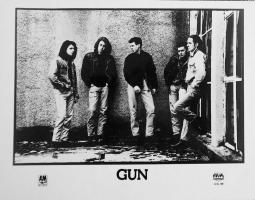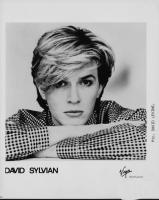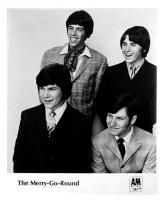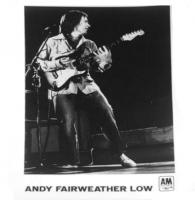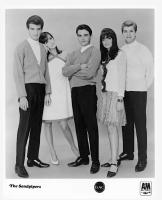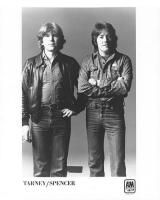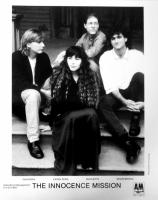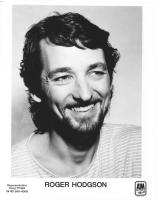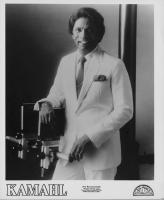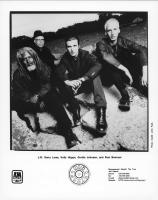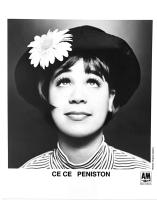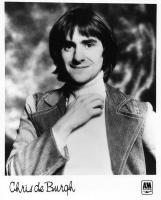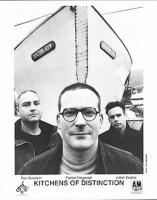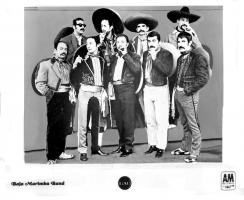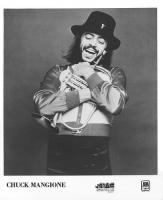Peter Frampton
"When Peter decided to leave Humble Pie it was a great shock to everybody, but Jerry thought he was fabulous and opted to continue with him. Peter worked on the road for two and a half years, making albums the whole time and refusing to give up. Some of the songs he had written in his early career were the ones that eventually gave him success on the live album. They had improved in the best possible way, with the audience acting as a sounding board instead of a producer or arranger sitting in an office."--Derek Green in Music Week July 9, 1977
"Peter left Humble Pie, and we supported him as a solo artist for four albums. He was writing some nice songs, but was pretty much staying a mid-level artist, selling around 200,000-300,000 records. But Peter was a huge live star in markets like Detroit and San Francisco, so we made a suggestion that he make a live record. What he was doing onstage wasn't like the records – it was outrageously better. I remember being at the mix of 'Frampton Comes Alive!' at Electric Lady studios, and I was so blown away I asked to make it a double album. We put it out at a special promo price, and it just kept selling and selling…"--Jerry Moss
"I didn't want to play normal rock and roll solos. I didn't want to play like anybody else. I want to play like me. I invented me by listening to the world."
"Most tremendous players don't think they are. They keep getting better because they're always striving to go somewhere new musically."
"I do not have a clue as to why Frampton Comes Alive! was so big, but it was...I didn't quite realize what was happening to me. I'd become the flavor of the month. People thought of me differently, not as a human being, which can be very disconcerting to deal with, especially when it happens so quickly and so big."
"Somewhere along the way, my credibility as a musician got lost. I was over marketed. The live album didn't need hyping, and yet it got hyped with me on the cover of Rolling Stone with my shirt off, which instantly turned off a lot of my musical fans."
"So it just got to the point where the image had totally over-ridden everything else. Suddenly, I was appealing just to teenage girls. Everyone forgot that I could play the guitar."
"There's no way anybody could like Frampton Comes Alive! and hate my guitar playing...I've always wanted to be the best guitarist in the world, ever since I was eight years old. Ever since I saw Buddy Holly and the Everly Brothers and.... But between you and me, I'll settle for just being listened to."
"In recording you have to think about the audience and how it'll pick up on certain things, With records it's like building a house, each stage is ready for the next stage. Coming to the decision about whether you have the proper take for that track is probably the hardest decision one has to make."
You've got to be up in stages. You can't go bang, bang, bang. The audience will get tired before your finale. The audience can get worn out before your best number." -Peter Frampton
With Steve Marriott, Frampton formed Humble Pie in 1969. From 1969 until he left the band in the fall of 1971, Humble Pie recorded five albums including a double live album. After two and one-half years with Humble Pie, Frampton realized he wanted to play guitar in a different style than the band. He signed with A&M Records as a solo artist.
WIND OF CHANGE
Wind Of Change was the title of Frampton's first solo album released in 1972. Frampton's Camel followed in 1973 followed by Somethin's Happening in 1974 and Frampton in 1975. The Frampton album was certified gold and peaked at #32 on the Billboard 200 chart.
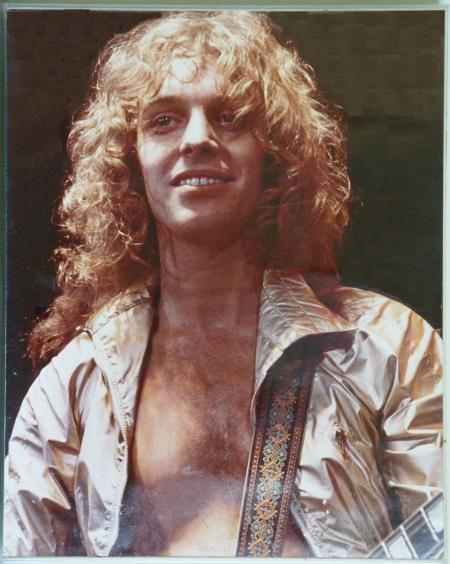
A&M Records in-house photos of Peter Frampton sent to field offices.
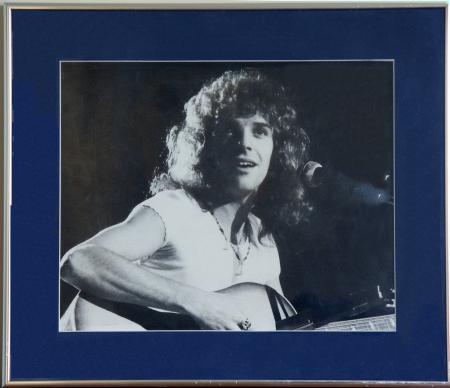
Until Frampton Comes Alive! none of Peter Frampton's four solo albums had sold more than 200,000 copies. Alive! was recorded in late 1975, mostly at San Francisco's Winterland. The album sold over 5 million copies in the U.S. in its first year of release. Originally, Alive! was to be a single album. It had the tracks, "Lines on My Face" and "Do You Feel Like We Do" (the first track using the talk box) on one side and "All I Want to Be," "Somethin's Happening," "It's a Plain Shame" and "Jumping Jack Flash" on the other side. When the album was played for Jerry Moss, he asked to hear the second album. The album was the most played album on FM radio in the U.S in the first six months of 1976. Record World also reported that Alive was the was the "strongest since '71's 'Tapestry' and ultimately beat "Tapestry's" 14 weeks at #1 with 16 weeks in the top slot in three separate runs.
FRAMPTON COMES ALIVE!
Frampton Comes Alive! had its own life in Canada. Released in January 1976 it was platinum by August. By late November it had been in the "upper levels of the chart for 40 weeks" and was back at #2. As explained by Doug Chappell, "Just the copies shipped in the past week were enough to qualify for gold status." The album was already four times platinum in Canada.
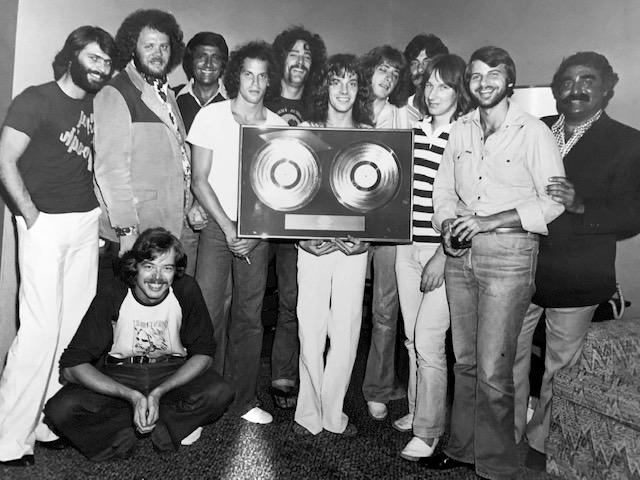
Peter Frampton receiving Canadian double platinum award in July 1976 with Ray Rosenberg (Ontario Sales), Peter FramptonBill Meehan (Ontario Sales). Jim Monaco, (squatting) David Brian (Ontario Promotion)
A&M re-signed Peter Frampton to a long-term contract in November 1975.
Frampton Comes Alive! was the best selling live album in history when it was released in 1976. It sold over 7 million copies in the U.S. by June 1977. The album spent 17 weeks at #1 on the Record World chart ad ten weeks at #1 on the Billboard 200 album chart and a total of 97 weeks on that chart. It ultimately sold over 15 million copies worldwide. Interestingly, the success of the album happened as disco was taking hold in the U.S. and punk was starting in Britain.
On June 6, 1977, A&M raised the price of Frampton Comes Alive from $7.98 to $8.98.
I'M IN YOU
Frampton wrote the song "I'm in You" in 20 minutes and finished recording it in 70 minutes--one and one-half hours total. The song peaked at $2 on the Billboard Hot 100 chart and was Frampton's highest charting single. The I'm in You album had advance orders for three million copies before he ever recorded a note of it. Frampton was never happy with the album although it peaked at #2 and was a triple platinum seller.
The first promotional picture disc ever issued was I'm in You by Peter Frampton.
In the fall 1978, Frampton toured Japan, Australia and New Zealand. In 1980, Frampton did his first tour of Central and South America.
The year 1979 saw the release of the Where I Should Be album. It was certified gold.
Peter Frampton recorded his Breaking All the Rules album on the Chaplin Soundstage at A&M with six mics positioned around the stage. The recording was completed in a little over one week during 1980. There were three versions of the album: Frampton Especial in Brazil, Rise Up in Argentina and Breaking All the Rules in the rest of the world were released in 1981.
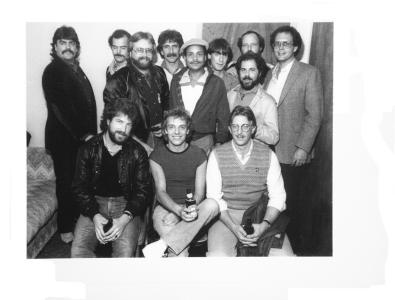
Peter Frampton in Atlanta, GA in 1979. Front row: Greg Steffen, Peter Frampton, David Fitch.
Back row: Unknown, unknown, unknown, Alan Oken, unknown, Mark Williams, JB Brenner, unknown, unknown
"My last album for A&M, Breaking All the Rules, was a valiant attempt to sort of get it back, but it wasn't in my heart. I'd lost the drive, the energy, and the excitement."
The Art Of Control was Frampton's last album for A&M Records.
Frampton's original music publishing deal with Almo/Irving gave him songwriting money and Almo got the publishing money. When Frampton's manager Dee Anthony changed the deal to FramDee, Frampton lost all publishing money.
Rolling Stone ranked Frampton Comes Alive! as its #3 all-time favorite album in 2012.
Inducted into the Rock & Roll Hall of Fame in 2024.
"The reason I got into the business has stayed the same. I was never driven by money or whatever else comes with the tumultuous success. The sheer enjoyment of playing the songs I wrote, and that people were there to enjoy them, has always been my driving force."--Peter Frampton, New Haven Register, February 21, 1992
OFFICIAL PROMOTION BY A&M RECORDS
Frampton New Music On A&M Records
Frampton Comes Alive! New Music On A&M Records
I'm In You New Music On A&M Records
Frampton Albums Released on CD press release
20th Century Masters press release
20th Century Masters sellsheet
20th Century Masters liner notes
Anthology: The History of Peter Frampton press release
Frampton Comes Alive 25th Anniversary Special Edition 2001 press release
Frampton Comes Alive 25th Anniversary Special Edition 2004 press release
Official Biography 1976
Official Biography 1979
Official Biography 1981
Official website: frampton.com
- Peter Frampton the Year of the Face. Cameron Crowe. Rolling Stone, April 22, 1976.
- Peter Frampton: Rock's 'One-Man' Band. Eliot Tiegel. Billboard, December 17, 1977.
- Off the Record: An Oral History of Popular Music. Joe Smith. New York: Warner Books. 1988.
- A&M Records' Greatest Hits. Matt Diehl. Rolling Stone, September 7, 2012.
- Do You Feel Like I Do? A Memoir, Peter Frampton. Hachette Books, 2020.
- Derek Green Keeping the Faith--Even In the Quietest Moments. John Hayward. Music Week, July 9, 1977.
Official autobiography: Do You Feel Like I Do?: A Memoir

